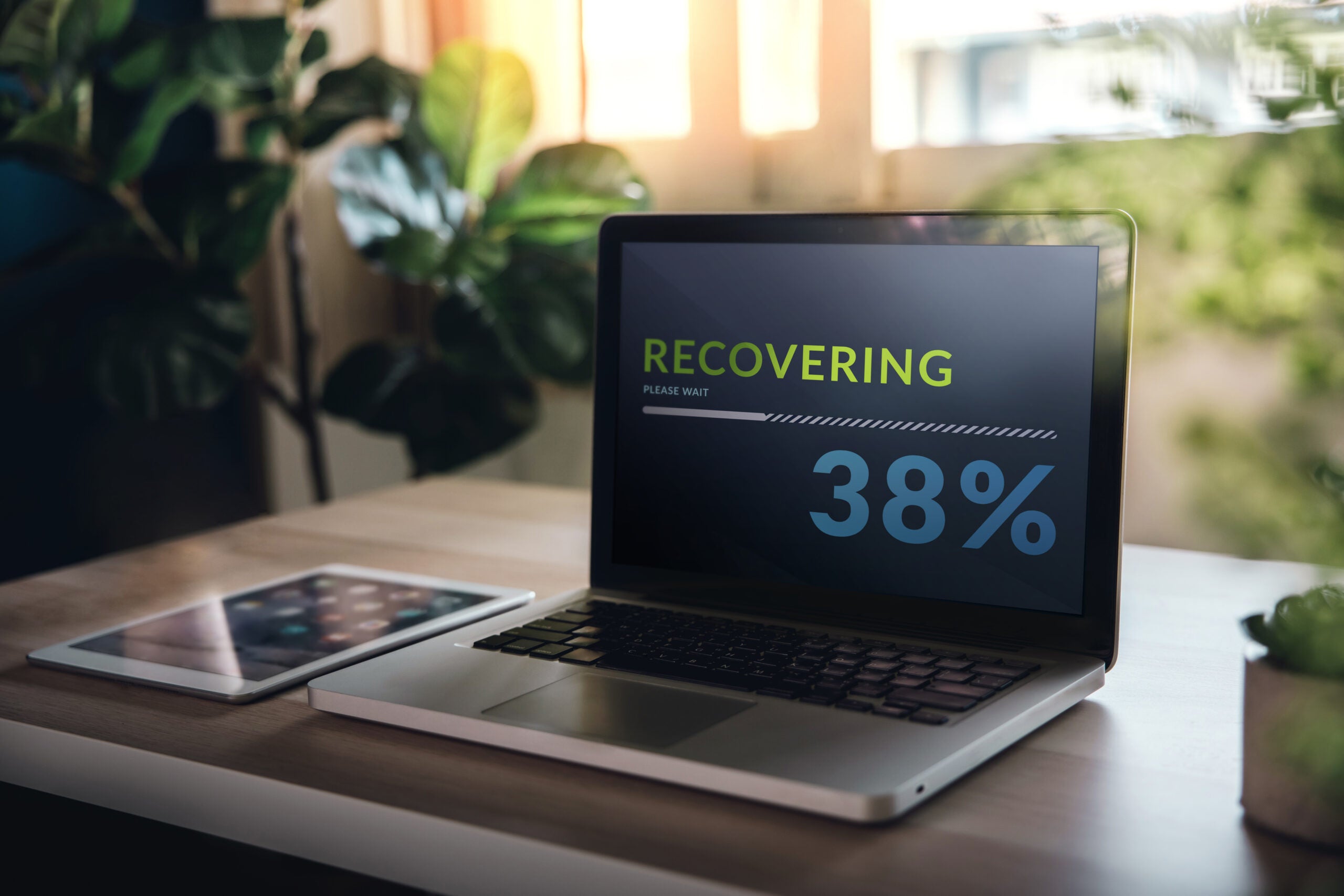7 Backup and Disaster Recovery Best Practices Every Business Should Be Aware of
By: SmallBizClub

Business organizations all over the world have seen a worrying rise in cyberattacks since 2020, with financial services provider Allianz considering them the biggest threat to businesses today. Developments in generative AI are already adding more fuel to an ongoing explosion in cybercrimes, and keeping data safe is now a top concern for businesses and public institutions alike.
Businesses today should incorporate best practices in cybersecurity to guarantee the safety of their data and applications. However, doing so is not enough. Businesses should also invest in a solid backup and disaster recovery solution because = it is the last line of defense against cyberattacks. Here are some notable disaster recovery best practices that will help your organization step up to today’s emerging online threats:
- Focus on Instant Recovery
Many of the best practices in cyberattack today costs an arm and a leg. You’re advised to get network security, application security, end-point security, and much more. By focusing your resources on instant recovery, such as those provided by Quorum’s backup disaster recovery appliance solution, you effectively solidified your last line of defense against cyberattacks. To have a solid disaster recovery solution that defends against ransomware, the solution cannot share connections to your production network and must have immutable backups at the very least.
Not only is a solid disaster recovery solution the more cost-effective solution compared to getting a suite of cybersecurity solutions, the disaster recovery solution will also help you with other types of disasters or unexpected incidents like what happened to CrowdStrike.
- Set Up a Redundant Deployment Infrastructure
System redundancy is the only way businesses can guarantee continuity, especially when they’re presented with challenging service-level agreements. Organizations often hesitate at the resources needed to set up redundant infrastructure, but the cost is now truly justified given the significant increase in ransomware attacks. It’s also worth considering that business data is also at risk from the sheer complexity of today’s IT infrastructure, which opens up possibilities for losses due to system failure and human error.
Aside from implementing backup appliance solutions, consider diversifying data storage and recovery locations and setting up your organization structure so that service restoration responsibilities are not entirely dependent on any one person or location. Sufficient architecture documentation also needs to be provided so that critical processes are accessible to authorized personnel, including those who are new to the organization.
- Invest in the Right Technologies
It’s not enough to simply deploy redundant IT systems. Some technology solutions can be ineffective or are intended for very narrow use cases that may not necessarily apply to your business. With so much at stake, it’s critical to choose solutions with the following qualities:
- Ease of Use. A better user experience (UX) reduces the time it takes for users to familiarize themselves with a system, ultimately increasing utilization. Integrating solutions with a good UX means your teams are more likely to perform backups as directed, mitigating any catastrophic data losses. Better UX should also result in faster system restoration since there will be less need to second-guess the steps that need to be taken.
- Many recovery solutions on the market have been proven to have glaring vulnerabilities that malicious actors could exploit. The technology packages you adopt need to offer a design that is reasonably proofed against unauthorized users as well as simple human errors. As mentioned earlier, the solution cannot share connections to your production network and must have immutable backups at the very least to prevent ransomware hackers from getting to your backups.
- Proven Reliability.As mentioned, a lot of available technology solutions fail to perform adequately in case of a real catastrophe, resulting in damaging data losses. To avoid picking a dud, look for solutions that have good reviews.
- Uses Top-Notch Hardware. Investing in newer hardware, particularly for backup appliance solutions, greatly reduces necessary downtimes and helps your organization get immediately back on track.
Quorum onQ is a ransomware protection and disaster recovery solution that has all the above qualities.
- Establish Regular Backup Schedules
A lackluster approach to backups can have serious consequences down the line. Fortunately, backup appliance solutions do offer automatic backups, but you may want to look at more customizable options that help you further reduce the necessary downtimes. Also, consider choosing cloud-based options for better scalability and increased reliability.
- Involve All Major Stakeholders in Creating a Disaster Recovery Playbook
Disaster recovery planning is no longer just a concern of IT departments, but of the entire organization’s stakeholders. Data breaches can impact everyone, and as such, all departments within your organization must be ready to minimize the disruptions that can occur during a crisis. Overall policies concerning disaster recovery should be planned collaboratively by all departments so that there is clarity on responsibilities and an agreement on which business areas must be prioritized.
- Perform Regular Tests
It’s one thing to have a plan and another thing to execute it properly. Periodic disaster recovery tests should help you identify potential vulnerabilities, allowing you to close any gaps that could be exploited by attackers.
Update Your Disaster Recovery Protocols Today
Most businesses don’t have a disaster recovery plan of any kind, and if they do, they were likely to have been drafted in an era before generative AI posed a real threat to IT infrastructure. Reexamining your disaster management procedure is a must, given the serious uptick in ever more sophisticated cyberattacks, as well as the ever-present threat of physical and natural disasters. Disaster recovery solution vendors like Quorum.com can provide your organization with the insights and capabilities you need to protect your data and, by extension, your customers and other key stakeholders.
543 Views












